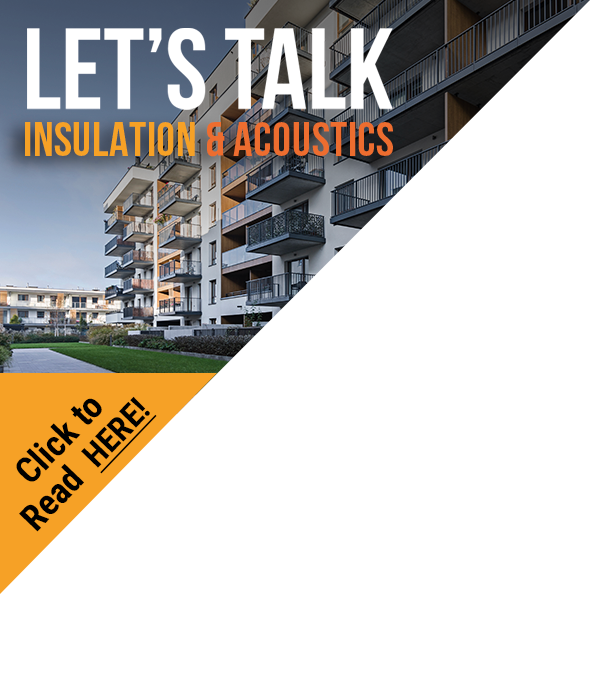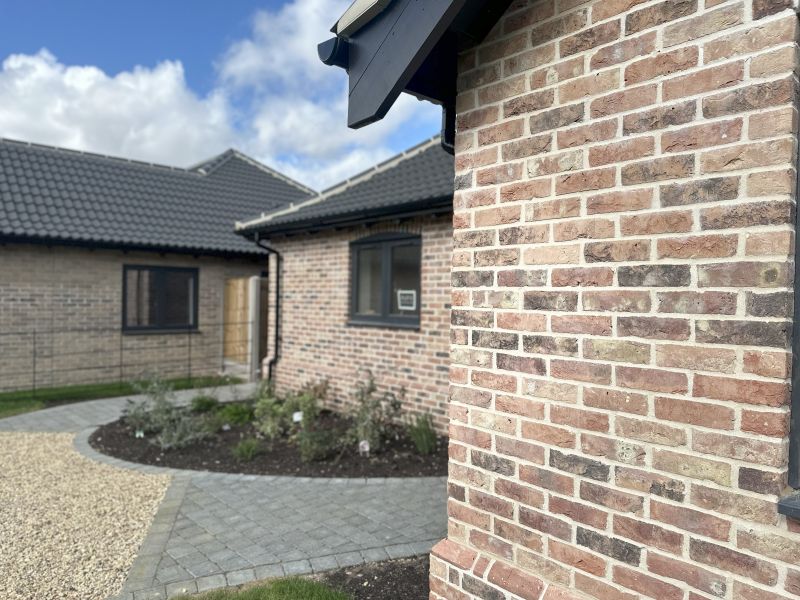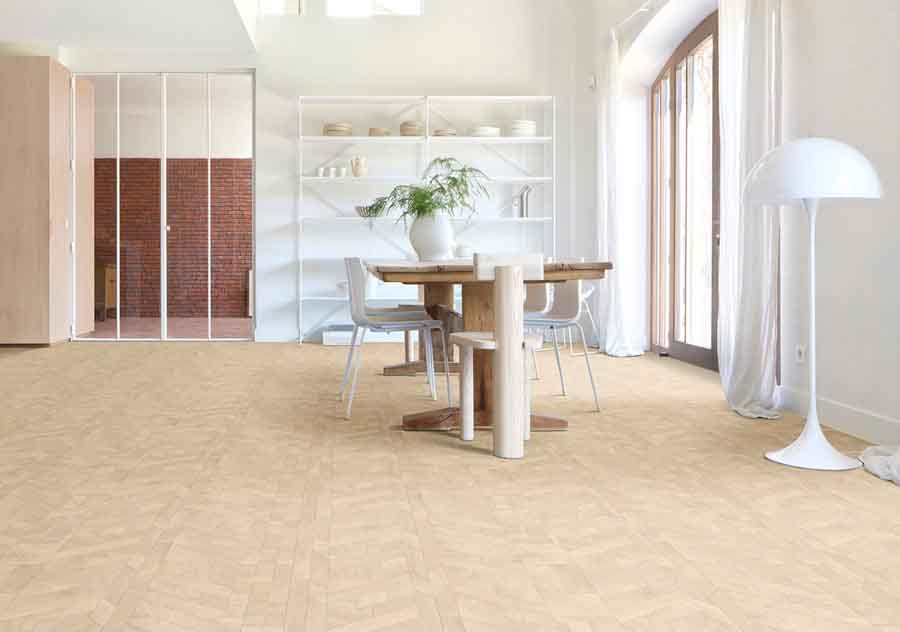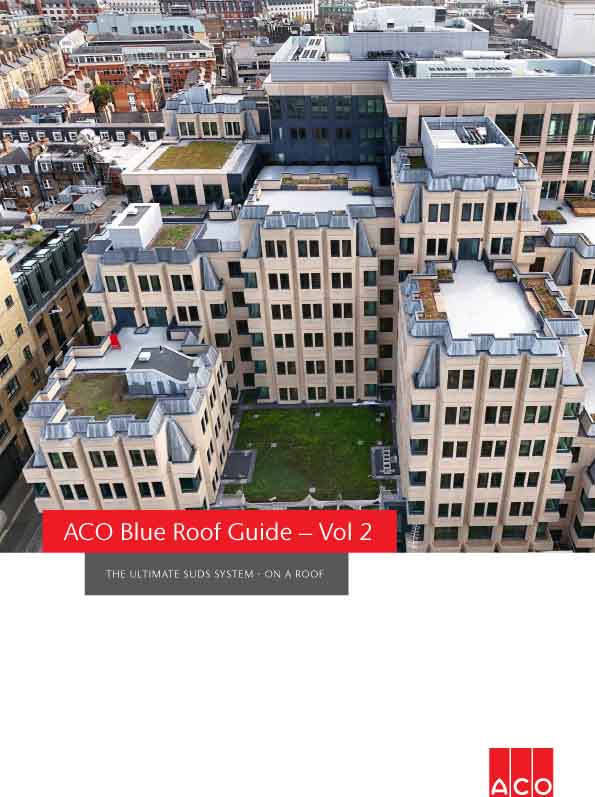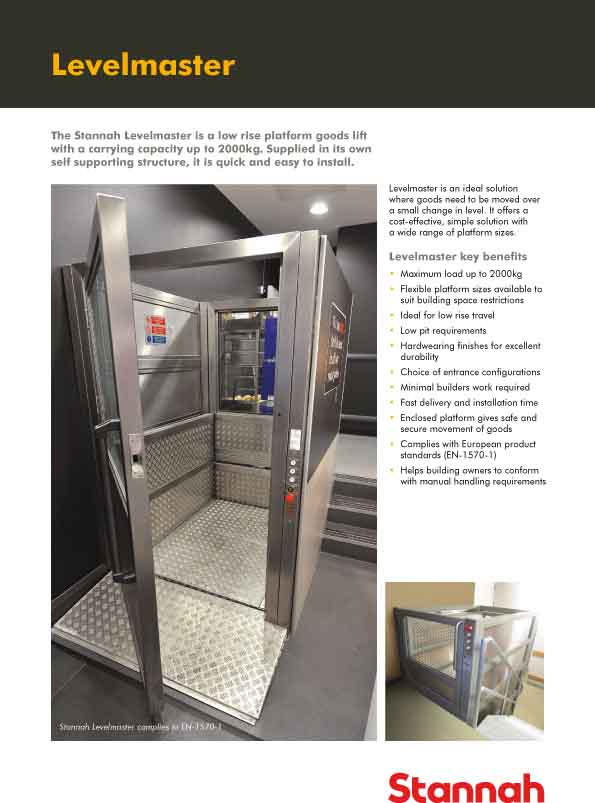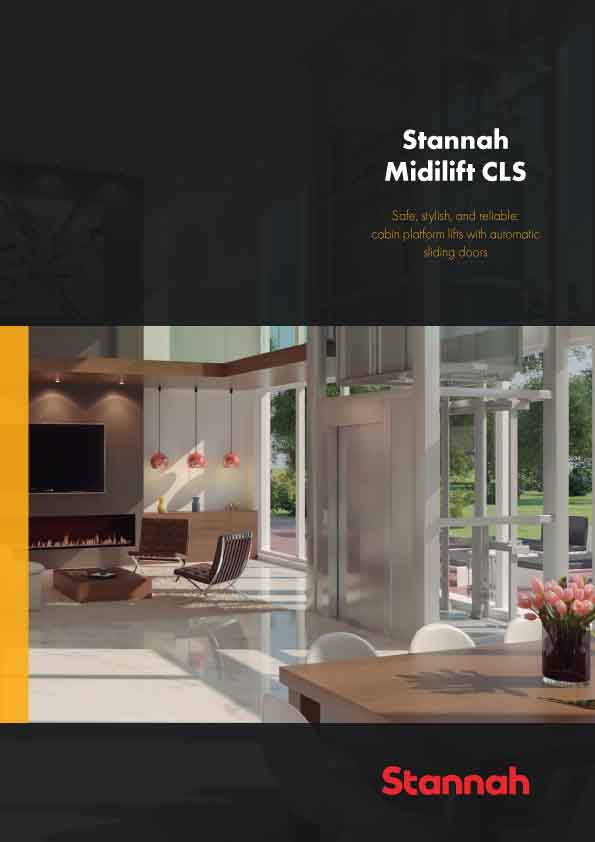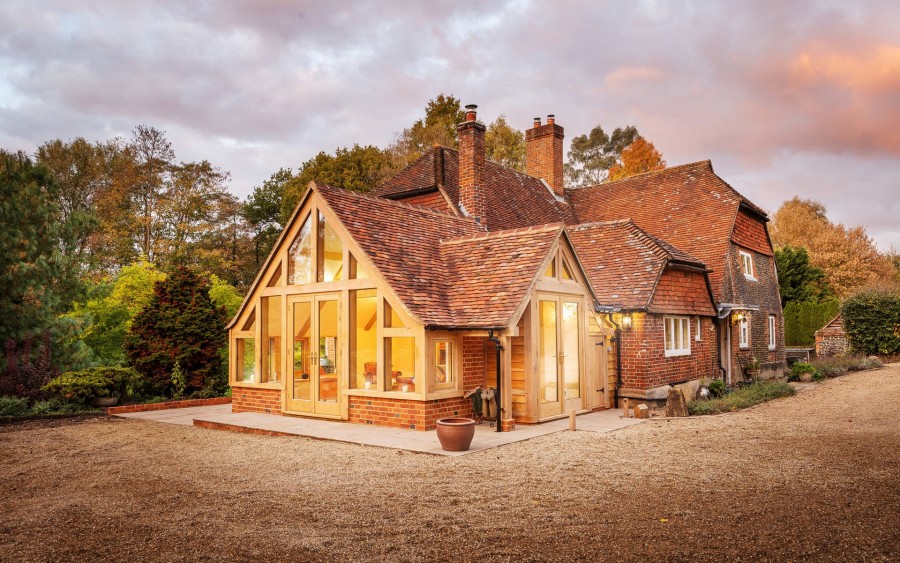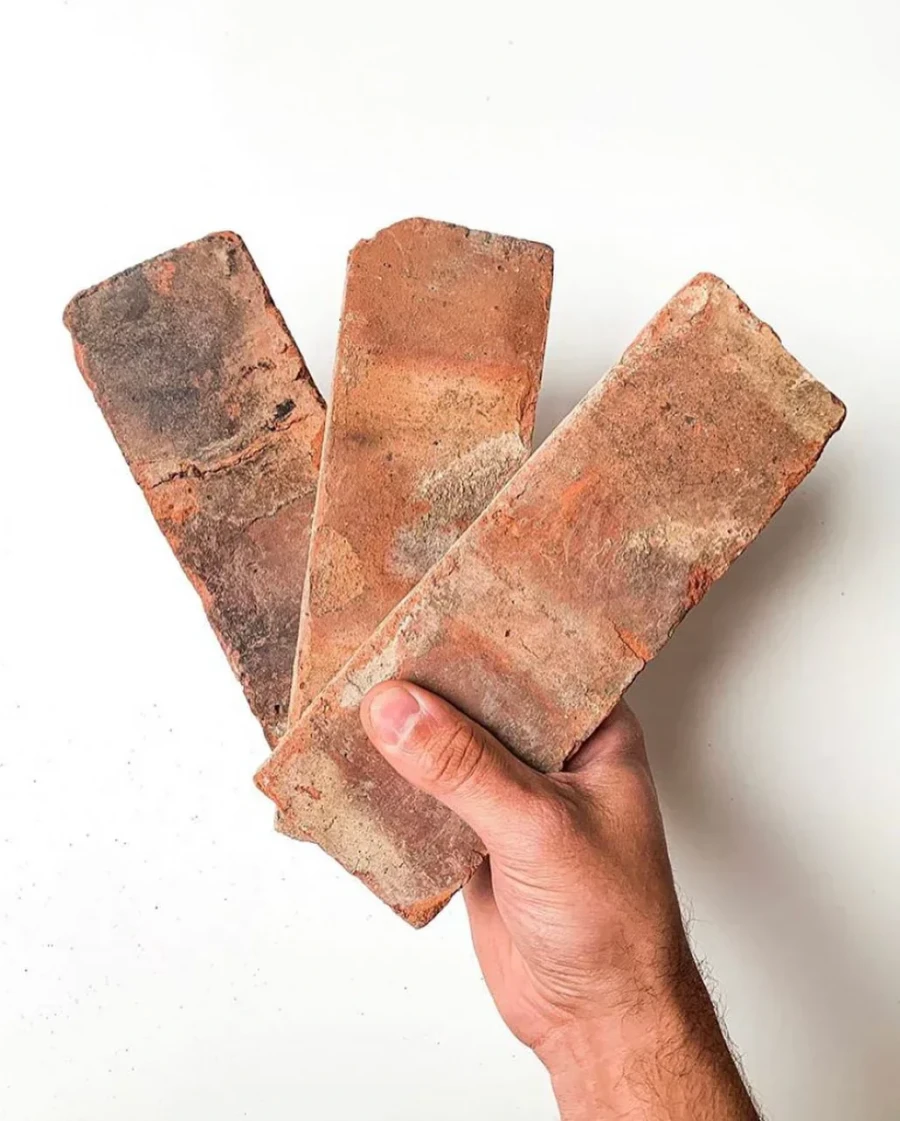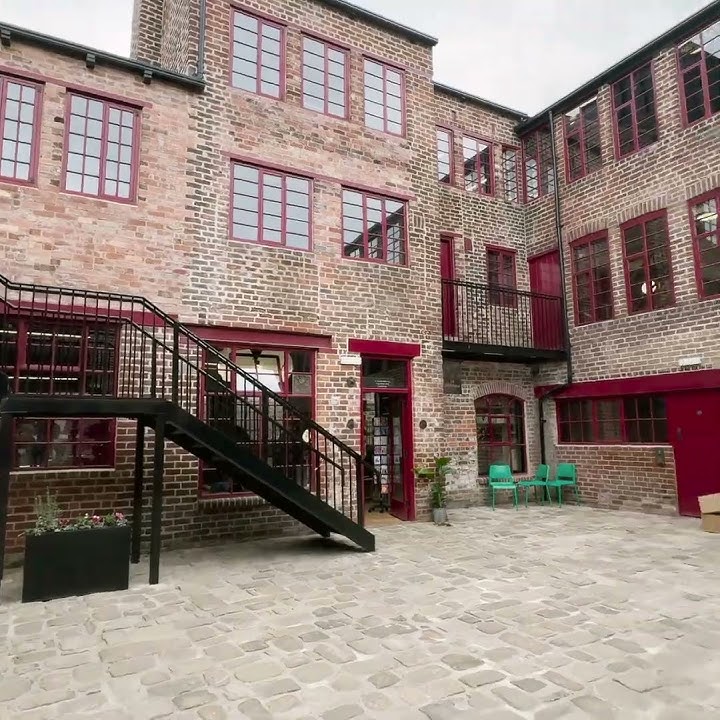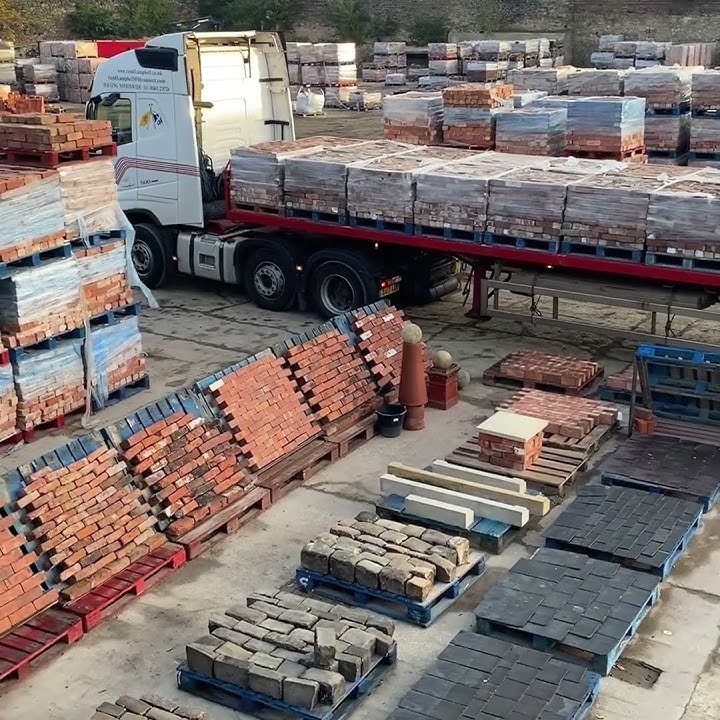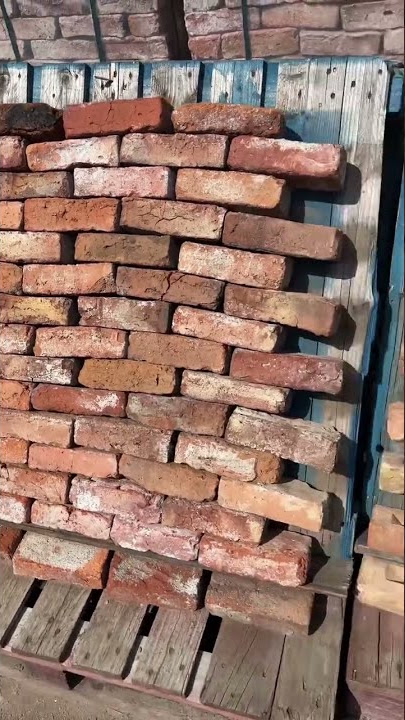Although wood is an incredibly versatile and beautiful material it does suffer from some problems. For exterior applications in Use Classes 3.1 and 3.2 (EN 335 Part 2) wood in exposed conditions will weather to give a silvery grey driftwood appearance.
However, when wood is sheltered (such as under overhanging eaves) then the wood will retain its original colouration. This leads to a very unsightly appearance with uneven weathering, examples of which are not hard to find. The weathering of wood has been researched for over 100 years and although we understand very well why it happens and what causes it, there has never been a solution developed.
Conventional wood coatings rely on adhesion to the wood surface for their integrity. Over time, the movement of the wood under the coating due to the effects of wetting and drying result in localised failure of the coating, usually at the earlywood latewood boundary. Once this happens, liquid water is able to penetrate below the surface of the coating, which is then forced off due to hydrostatic pressure.
The only remedy is to sand back to good material and re-coat. The only way to stop this from happening is to use more flexible coatings, but this is not feasible because the coating would then be tacky and pick up dirt very rapidly in service. Conventional paints and varnishes also use carbon-based chemistry and carbon-based compounds are susceptible to UV degradation when exposed to sunlight.
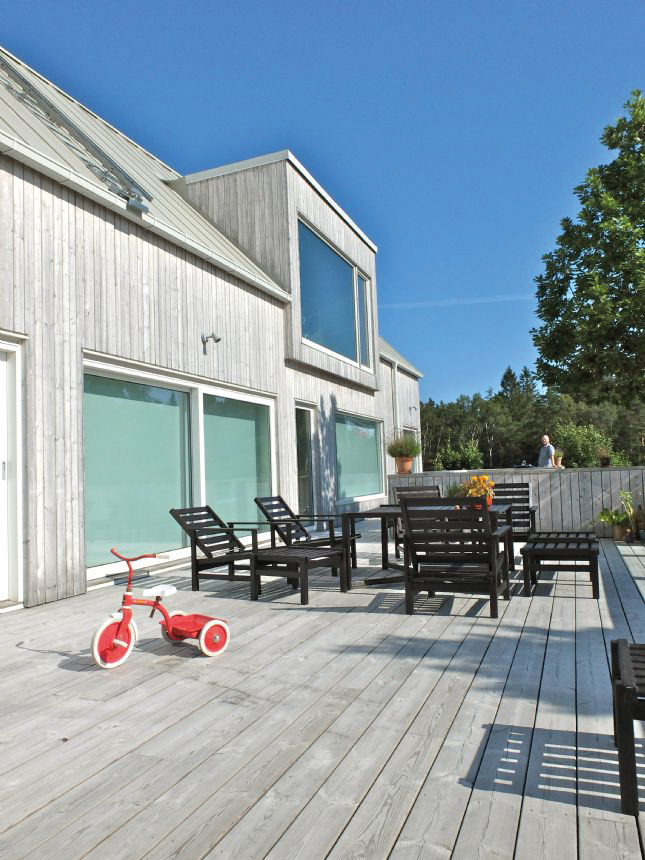
Clear coatings suffer from the additional problem that the wood underneath is susceptible to UV degradation and failure can also occur because the surface layers of the wood start to lose their structural integrity as the lignin (which binds the wood cells together) degrades. Putting UV stabilisers and filters in the coatings may slow down this degradation to some extent, but it is the wood that is the Achilles heel in the clear-coating system.
The SiOO:x Wood Protection System is different; it is not a coating, but an envelope. The protection system has two components; the first penetrates the wood where it gradually forms an inert glassy polymer, by reaction with atmospheric carbon dioxide. The second component acts to seal and protect the first application until it is fully cured, but it also forms an inert water resistant envelope which penetrates the wood and gradually creates a grey surface appearance.
It does not stop the lignin from degrading, but it takes the same role by keeping the wood cells glued together, essentially using the strength of glass. Just as important, the wood now has an even weathered appearance once the protection system cures. This means that the unsightly patchy weathering of exterior wood cladding is no longer a problem. SiOO:x Wood Protection locks in the beauty of wood. The SiOO:x polymers that form in the wood have silicon-oxygen bonds, the same as glass and are completely UV stable.
www.sioo.co.uk
